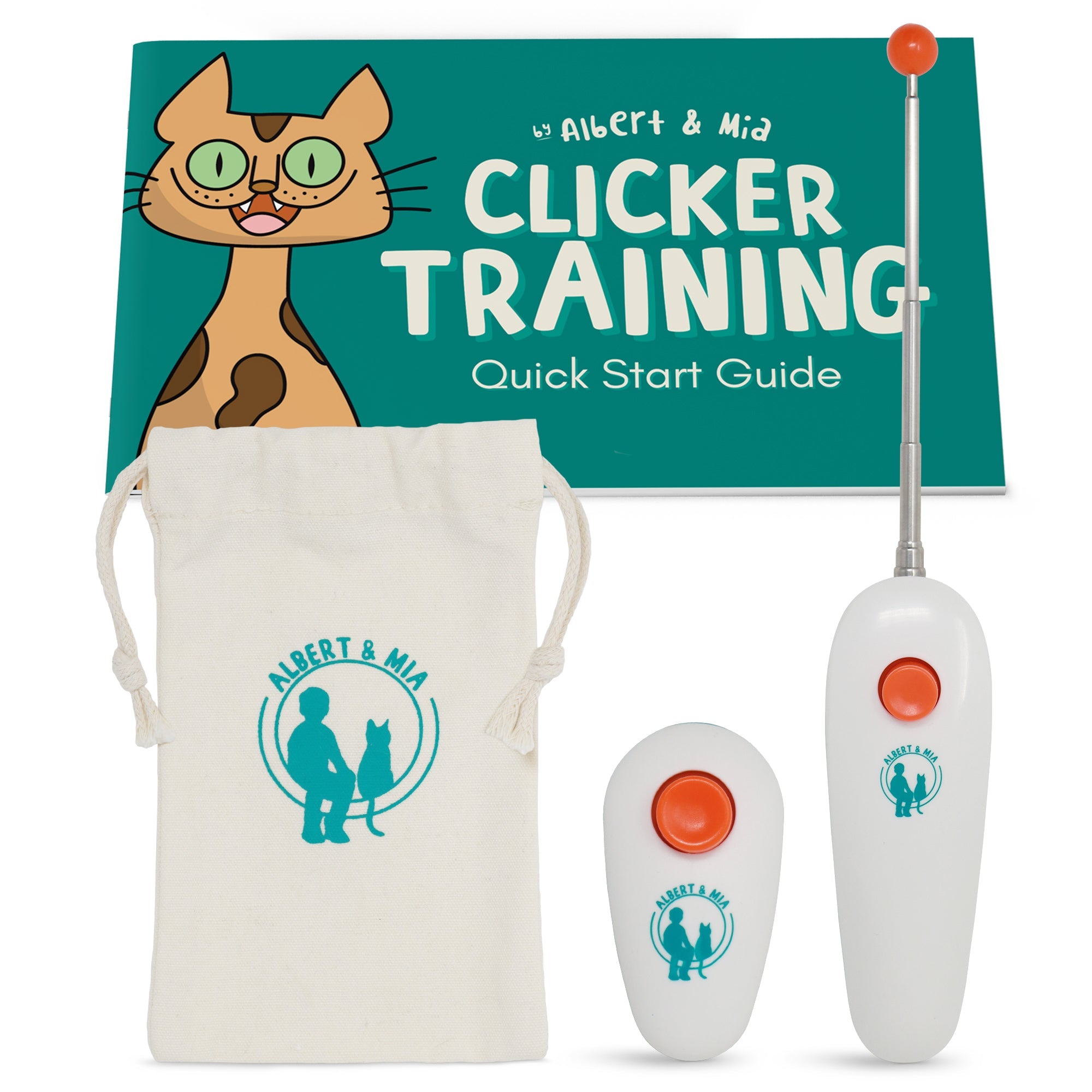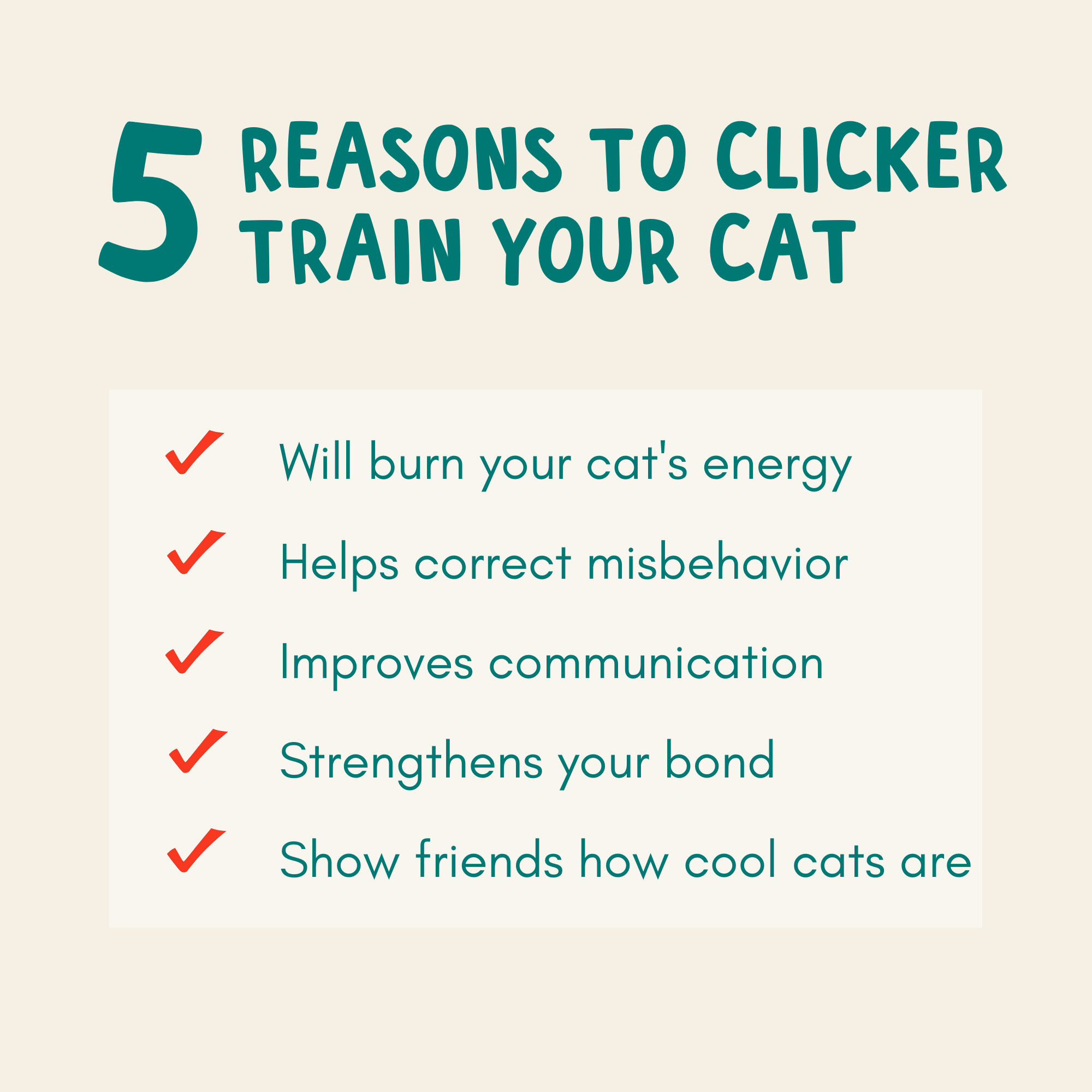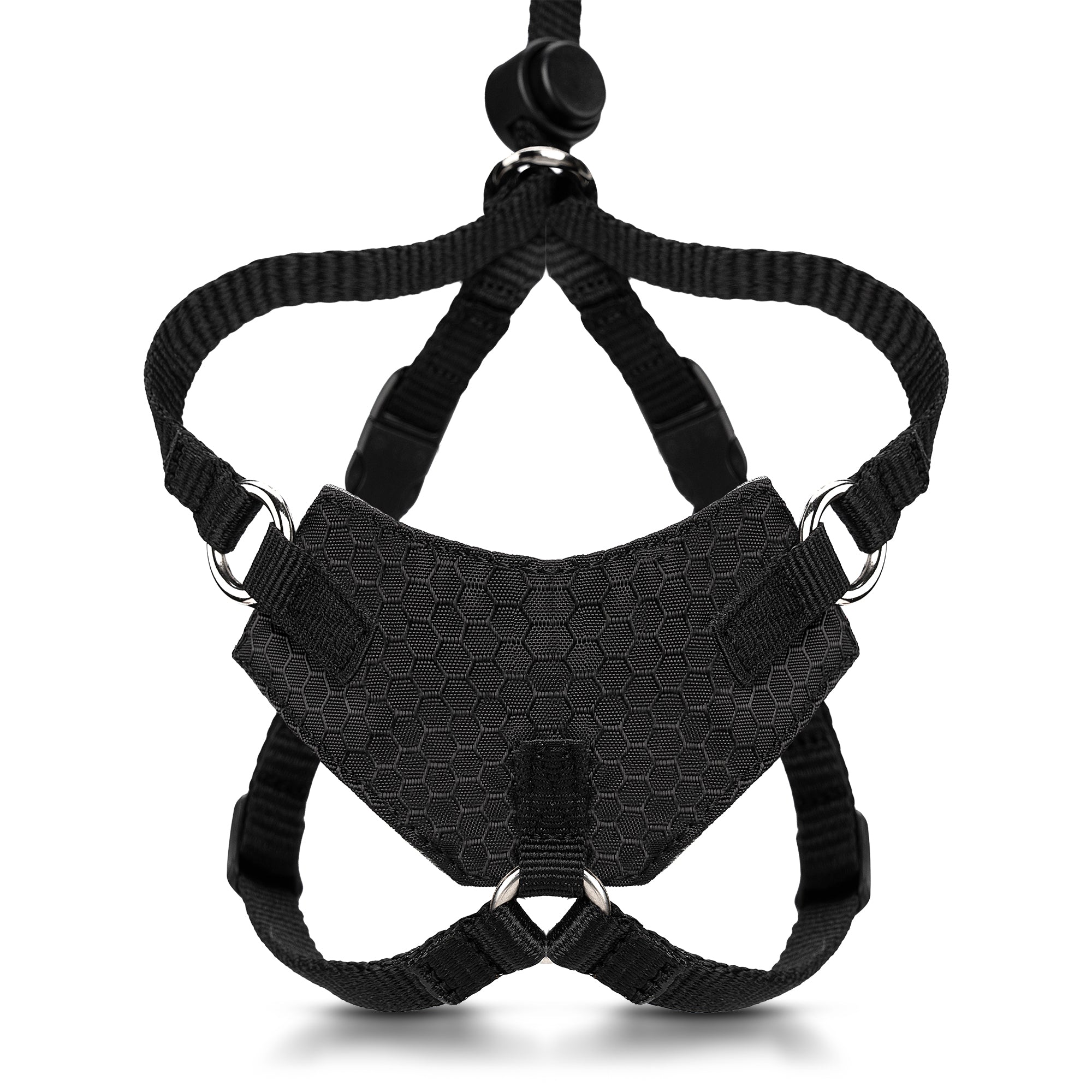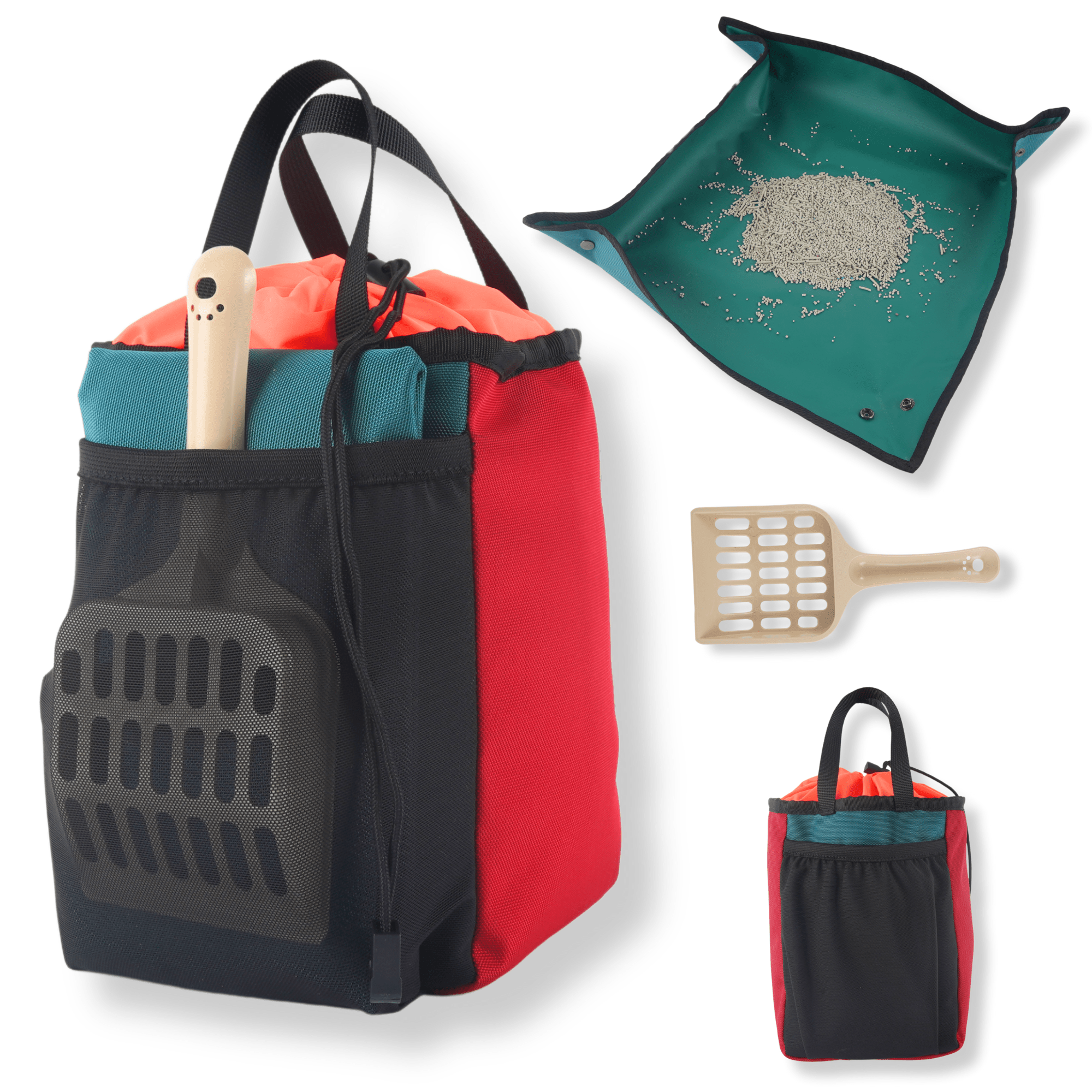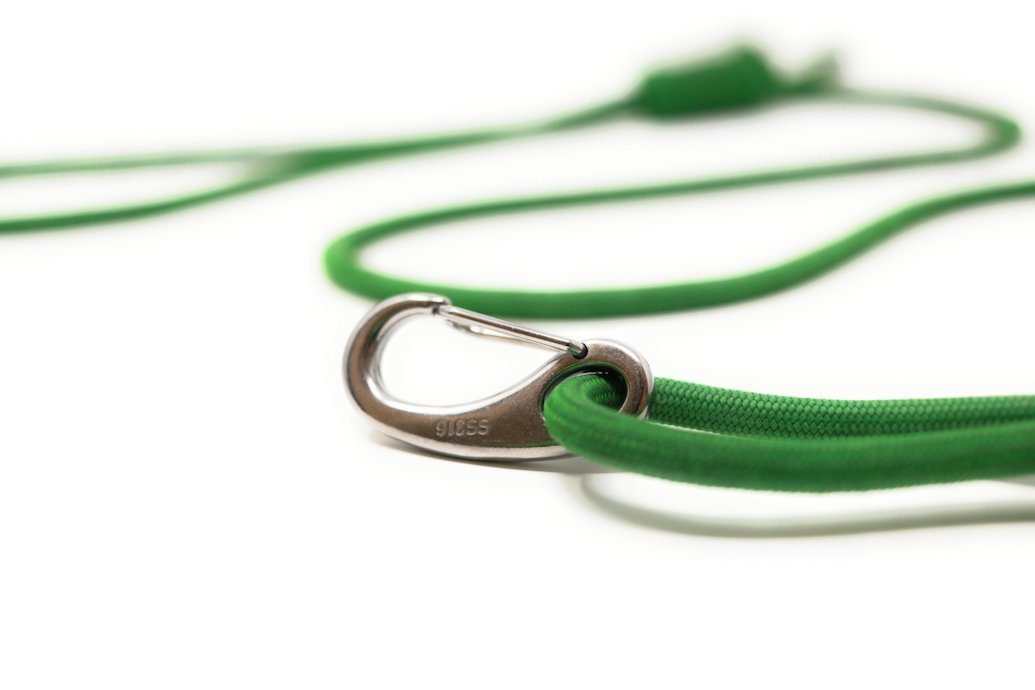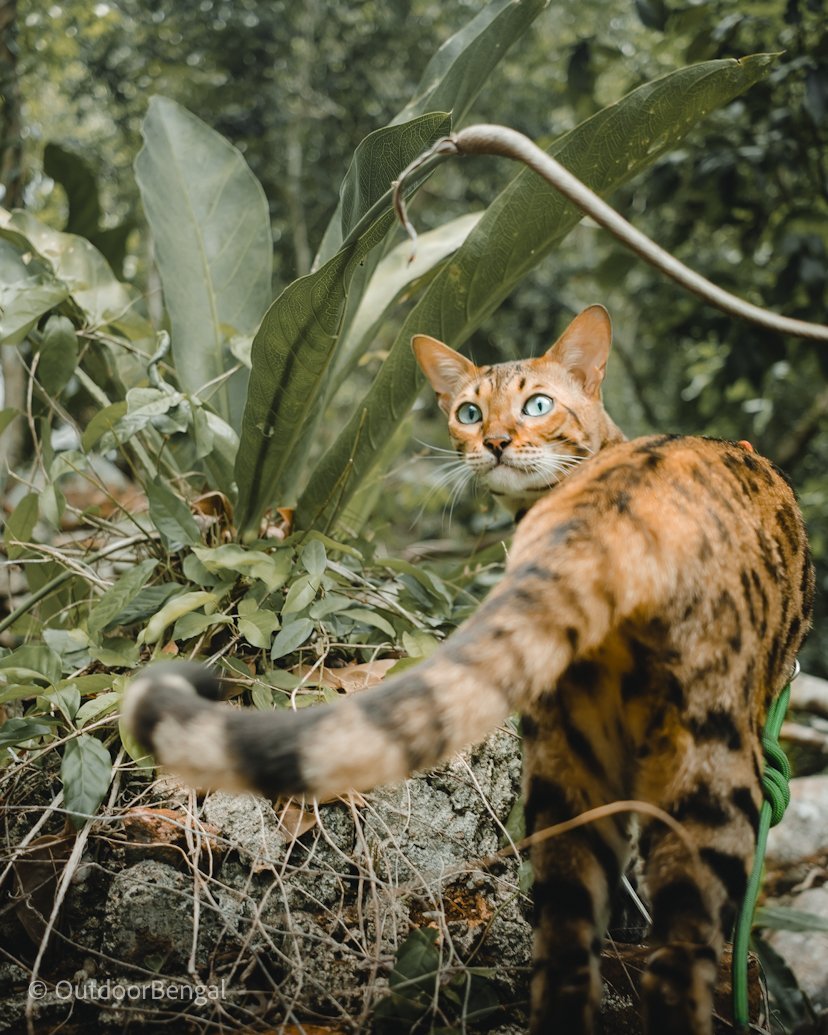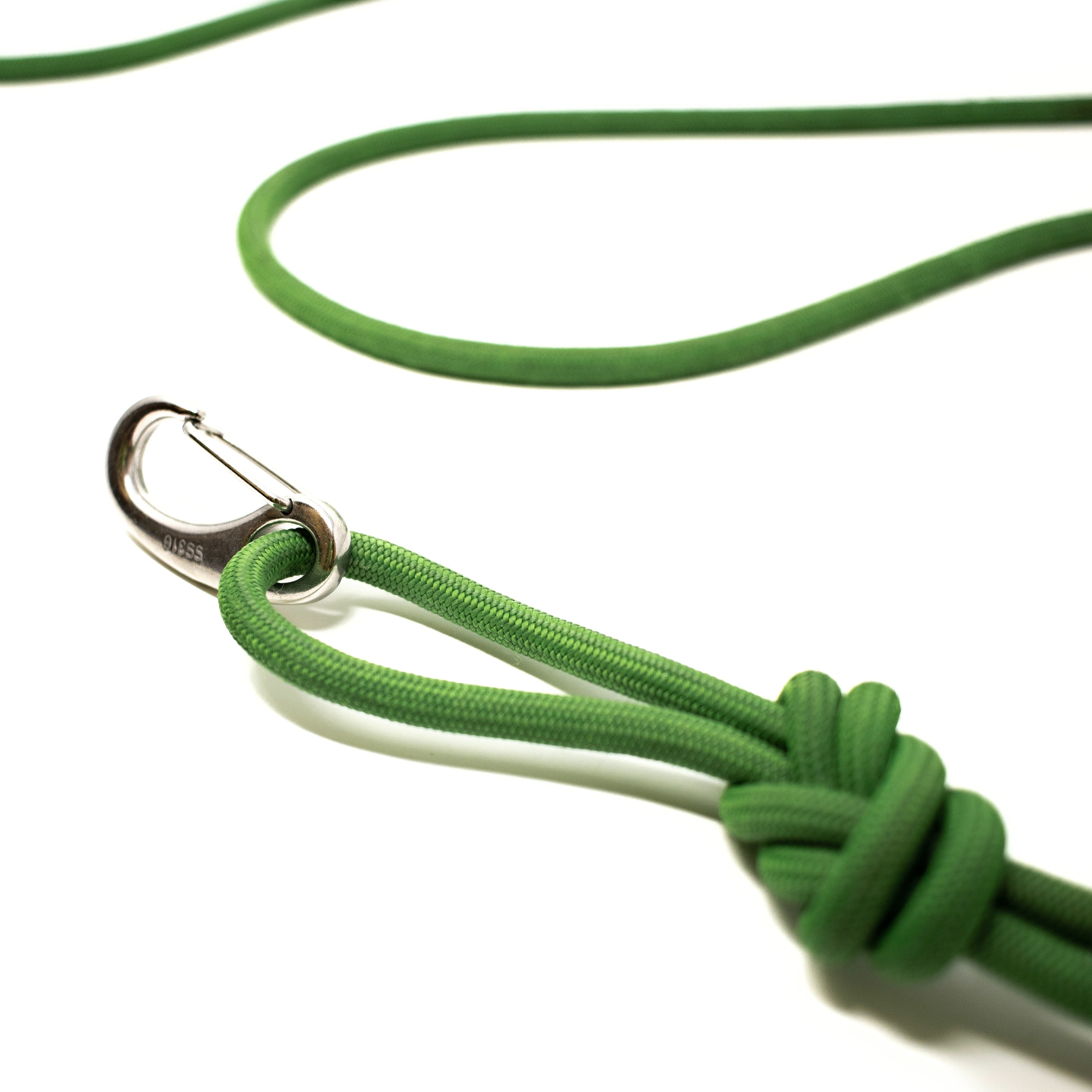FREE Cat Training Guide
Are you looking for a cat training school? Look no further!
Start teaching your cat fun tricks, improving their behavior, and even taking them on exciting adventures.
Here's your FREE cat training resources to help you get started.
So... Can you Train a Cat?
Yes, you can train your cat.
From coming when called, to walking on a leash, to using “talking buttons,” training your cat isn’t just possible, it’s life-changing. Whether you're here to fix frustrating behaviors, to improve your routines or just to have fun, the key is knowing why you're training and where to start.
1. Clicker Training
Build discipline, focus, and trust.
2. Leash Walking
Prep your cat to adventure with you.
3. Talking Buttons
Communication in a human-friendly way.
✅ ACTION STEP: Before you dive in, take 30 seconds and answer this: What do I want from training?
Behavior help? Fun tricks? Outdoor adventures? Your answer will shape your cat's training journey.
1. Clicker Training Cats
Clicker training is the easiest and most effective way to get you and your cat into the world of training. It’s like sending your cat to school, from very basic all the way to undergrad... only way more fun.
By using positive reinforcement, clicker training encourages your cat to repeat good behaviors. This is because behaviors that are rewarded are more likely to be repeated in the future.
But here’s the thing: not all tricks are created equal.
Some look impressive and might even get you a few views on Instagram, but others are far more valuable for building a smooth, stress-free life together.
I call them the foundational tricks. Some examples of foundational tricks are “come when called,” “sit,” or “stay.”
Once your bond is strong, move on to fun shareable tricks. I call them the party tricks.
Training in this order sets a foundation of trust and respect and makes the cool tricks easier to teach later on.
Foundational Tricks
These are the behaviors that you want to teach your cat first. They will build the foundation for all the training that will come after.
These behaviors are: Finger Targetting, Come When Called, Sit, and Stay in place.
Behavior Modification
Training your cat to perform these behaviors is basically going to improve your relationship with your cat, helping them anticipate what comes next.
These behaviors are: Teaching your cat "NO", Stopping Door Dashing, Not Eating Plants or Stopping Biting or Scratching
Basic Cat Tricks
Once your cat has mastered the beginning of cat training and some helpful behaviors are part of your routine, then you can start working on getting some tricks under your belt.
Some basic cat tricks you can teach your cat are: High Five, Fist Bump, Spin, Lay Down, or Roll Over
Advanced Tricks
Advanced tricks are those which require several sessions to work towards a determined skill because there's not one single movement that will get your cat to perform them on their own.
An example of these tricks are: Jumping through your arms, Jumping on your Shoulder amongst others, which we'll dig into in the Adventure Cat training part of this article.
Cat Training Tools
While you can train a cat without the need of a clicker, using the right tools will help you achieve better results, faster. I recommend starting with our Clicker Training Starter Kit, and advancing with the Click Crusade once you are ready to take the training to the next level!

